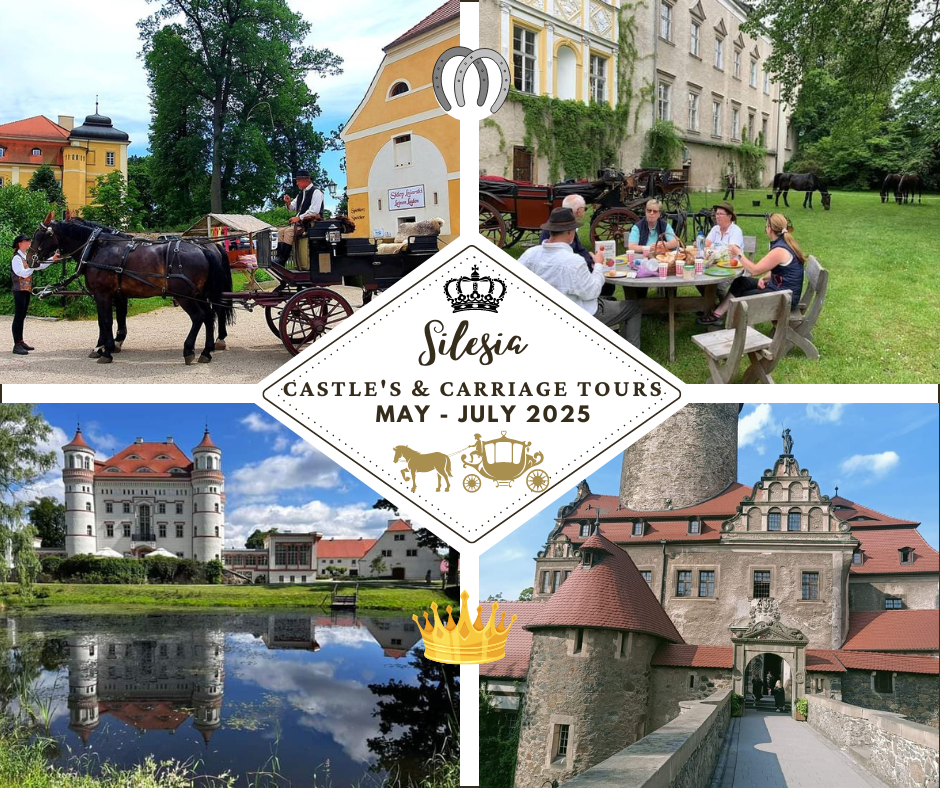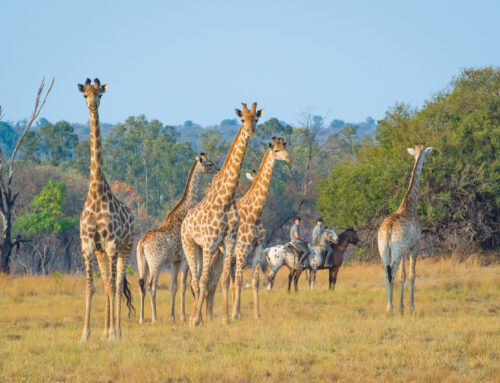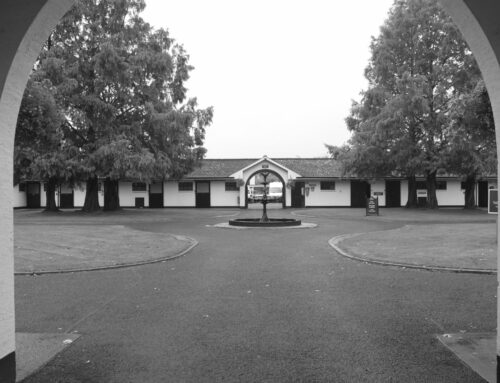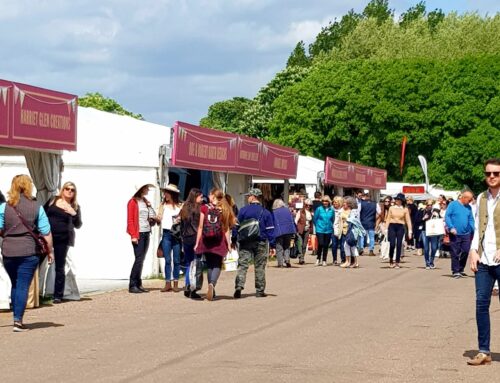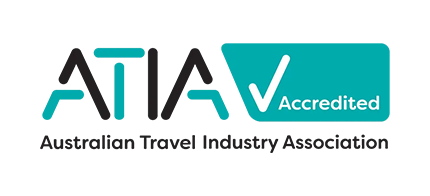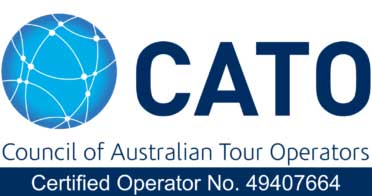The Art and Tradition of Carriage Driving: Gary Rollans’s Journey
By Tania Huppatz, Snaffle Travel
Once the primary mode of transport across Europe, carriage driving has evolved into a refined and specialised pursuit. Australian coachman Gary Rollans, originally from Coffs Harbour, has embraced this tradition, forging a unique path to preserve its heritage in the heart of Europe.
A passion discovered
Gary’s equestrian journey began at 16. His early years in the saddle eventually took him to the UK, where he worked with Olympic dressage rider Jennie Loriston-Clarke. It was during his time in Europe that Gary discovered his natural talent for carriage driving, an art that would shape the course of his life.
International Competition and Coaching
He would go on to represent Australia twice at the World Carriage Driving Championships, once placing fourth in the demanding obstacle phase. He later coached the Danish team at two further world championships and achieved a lifelong dream by driving the historic Gotthard Post Coach over the Swiss Alps and considered one of the most difficult traditional drives in the world.
A New Life in Poland
In 2011, Gary and his wife Rebecca made the bold decision to move to Poland with their two children Luke and Ava. They purchased the neglected remnants of the former palace estate in Studniska Dolne, Poland. Known as Studniska Country Estate, a place rich in history, but burdened by decades of disrepair. This historic estate, once the site of the 15th-century Nieder Schönbrunn Palace, lies just 10 kilometres from the borders of Germany and the Czech Republic.
The Challenges of Restoration
Though the main palace was reduced to ruins during WWII in the communist era, many of the original traditional stone buildings remain, and are now heritage-listed. The renovation has not been easy and finding local tradesmen is difficult. Grants from the Polish government exist, but bureaucracy and impractical deadlines, such as mandatory renovations to be completed on the main gate during the start of winter making it impossible to complete. This meant trying to plaster the gate and get plaster dry when it’s wet and snowing in November.
Managing the bureaucracy has been frustrating enough, but learning the Polish language added another layer of difficulty. Polish is a complex language, with various words carrying multiple meanings. Despite these hurdles, the couple have poured their hearts into restoring parts of the estate. The stables are fully operational, an indoor arena, and the former dairy, once home to cows, now provides shelter for the horses during Poland’s harsh winters.
Honouring History While Building a Future
Part of the old stone barn has been repurposed to house Gary’s growing collection of historical carriages. Their son Luke, who has a natural talent for stonework, has taken on the task of restoring sections of the old stone barn. As they continue to work on the property, they are still uncovering historical artefacts and intriguing remnants of the estate’s past.
Also, some of the stone outbuildings have been renovated to provide guest accommodation, including three charming apartments managed by Rebecca. Looking ahead, they plan to open a café and a small shop to display Rebecca’s artwork alongside pieces from local artists.
Gary mentioned he would love to finish the heritage listed stone barn and include a function centre and host weddings using his tradition carriages. Both Gary and Rebecca have so many ideas and visions, but it all takes time.
A Thriving Equestrian Hub
Today, Studniska Country Estate is now a thriving Equestrian Hub. Attracting students and clients from across Europe and beyond. Gary continues to train carriage horses, teaching students and, competing in traditional carriage driving events. He also welcomes guests on immersive carriage driving holidays that honour centuries of equestrian tradition.
His six horses are mainly Silesian warmblood cross breeds, and he also has a French trotter, each carefully selected for temperament and aptitude, are used for both teaching and tourism.
Expertise and Credentials
Gary’s expertise remains in high demand. A qualified EA Level 2 Driving Coach and Coach Educator, Gary also holds German Bronze and Silver Standard Certificates and the British Horse Society International Coaching qualification. He has conducted clinics alongside world champion Boyd Exell and has developed his own structured training method based on the Achenbach system, refined over nearly three decades. His calm, clear, and methodical teaching style emphasises groundwork, double-lunge work, and harmony between horse and driver.
Castles by Carriage Holiday
One of the most unique offerings at Studniska Country Estate is the five-night Castles by Carriage holiday. Guests are driven in heritage carriages through the Lower Silesian countryside, enjoying stunning scenery while slowly traversing through the Polish countryside, with picnics in beautiful and peaceful settings, staying in historic Palaces along the way.
The tours are traditional using historical original carriages, even the hay is carried as they did a century ago. Routes include the former King’s Road and sections of the scenic Silesian Castle Trail, offering a rare glimpse into Poland’s noble past from the seat of a carriage.
A Step Back in Time
These carriage driving holidays are far more than a sightseeing tour. They are a step back in time. Guests travel through stunning scenery, visiting a small collection of Silesian castles, one still under restoration, with opportunities to meet the owners and hear their stories. Along the way, they taste local cuisine, experience authentic hospitality, and discover a side of Poland rarely seen by the average tourist.
Celebrating Tradition in Competition
Gary remains actively involved in Traditional carriage driving events held at prestigious European estates. This is more than a sport and is a celebration of heritage, precision, and elegance. Competitors are judged not only on their driving skill, but also on the authenticity of their turnout, including historically accurate carriages and period attire from before 1945.
Events often open with a formal presentation phase, followed by tests of driving precision. Drivers must demonstrate control and responsiveness, sometimes even while a brass band plays, challenging the horse to remain composed under pressure.
Attention to Detail
As Gary says, “We try to do everything as it was done 150 years ago, right down to the aprons and the gloves. No Velcro allowed on gloves!”
“On the continent,” Gary explains, “you can drive any vehicle, and the sport remains far more affordable than in the UK. The attention to detail, especially in traditional driving is immense. Judges are looking for perfection: pre-1945 carriages, matched harness styles, and authentic period dress. Even the colour of your top hat tells a story.” Grey top hats mean you own your horse and, if you wear a black top hat it means you have borrowed a horse.
A Rich Polish Legacy
Carriage driving can be traced back to ancient civilisations that relied on horse-drawn carriages. In Poland, it symbolised nobility and social standing, particularly during the aristocratic era. Today there are still many carriage makers in Poland and, the craft of carriage making in Poland has a rich history, with generations of skilled artisans contributing to its preservation.
Looking to the Future
When asked where he sees himself in 10 years, Gary smiles and replies, “Still driving. Still teaching. Still restoring our beloved Studniska Country Estate. Hopefully with more tours.” His passion for the sport is unwavering and deeply contagious.
There are around 2,000 palaces and historic estates in the Lower Silesian region, with nearly 1,000 heritage listed. For Gary and Rebecca, this means no shortage of inspiration and no end to the possibilities for preserving history, one carefully restored building and one carriage and tour at a time.
Credits
This article was written by Tania Huppatz and Published by Equestrian Hub Magazine August 2025 – Equestrian Hub (Pages 44-47)

